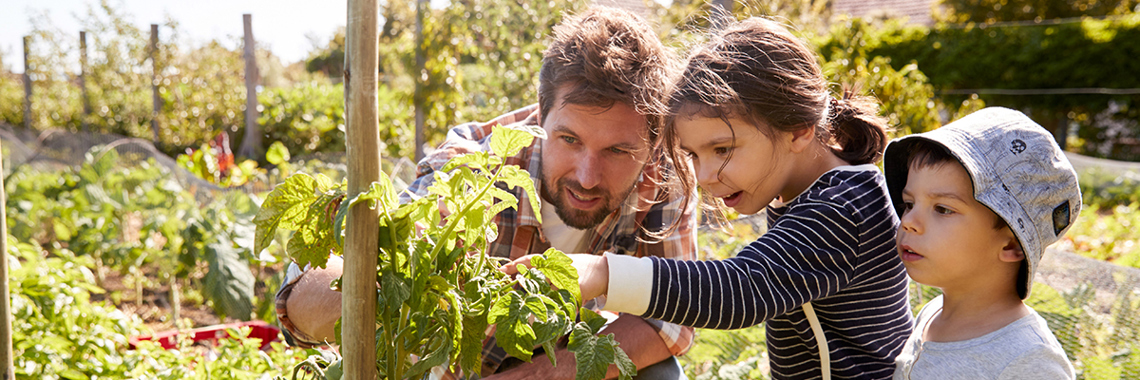Storytelling has become a key selling proposition for many companies, big and small. To find out more about this marketing phenomenon, we contacted David Jago, Director of Innovation & Insight at Mintel, one of the world’s leading market intelligence agencies.
David, why are stories and the craft of storytelling so important nowadays?
We live in an era of fake news and there’s erosion of trust in government, the media and regulatory authorities. The real, the genuine and the true have always been at the heart of the consumer experience, but our desire for “the real thing” has now been amplified. In food and drink, that means consumers distrust “big food”, they want to understand where their food comes from, how it was sourced, how it was made, and what exactly is in it.
In Mintel research conducted last year, approximately half of UK and German consumers and just 30 percent of French consumers, said that they trusted the food and drink industry as a whole when it comes to safe consumption. But 73 percent of Germans, 65 percent of French consumers and 56 percent of UK consumers said that they are more likely to trust a food/drink product if the packaging explains where the ingredients are sourced.
How has storytelling evolved over time and why are writing good stories such a powerful marketing tool?
Some countries have always had a better “heritage” of storytelling. France and Italy, for example, with their strong cultural and local ties to food and agriculture, have long exploited the power of narrative in marketing speciality foods at home and abroad. In the wider context, this trend started out among small, local companies, in particular craft brewers, and remains more common in categories that have a more direct connection to the farm (dairy, meat, cereals). But all brands have an opportunity to explore and share the heritage of their own products, especially those with a compelling narrative.
It’s about reassurance, but more importantly it’s about romancing the consumer, engaging with the consumer on an emotional level. And in today’s digital, instant-response realm, that emotional connection is even more important – enhancing the food experience for the consumer who is bombarded with information and images, struggling to discern what’s “real”.
Is storytelling within the food industry different from other industries and if so, in what way?
The last few years have seen enormous growth in craft and artisanal values in food markets, and not just from smaller players. Big companies, even multinationals, are leveraging local and artisanal values to make their brands and products more “real” for consumers. They do this through storytelling, through providing information on provenance and processing, through reassurances of a product’s ethical and social values.
The food ingredients industry, too, must provide transparency and add value through a story. Successful ingredients suppliers don’t just sell ingredients, they provide solutions in partnership with their customers, providing a story that adds value through the supply chain and helps deliver a fully-rounded consumer proposition. Indeed, we could argue that the latest evolution of the clean label trend is transparency and provenance of the ingredients, not just the elimination of villainized additives. This works because consumers are looking for the “plus” – a focus on the positives of what is in a product rather than the negatives, of what is not – and the story justifies the added value proposition and price.
How do you think storytelling will influence the food ingredients industry in the future? What type of stories are emerging?
It’s not going to go away. It will be even more important in the future, and right now a key driver is the enormous boom in the number of small, entrepreneurial and niche brands that often produce and sell locally and do an excellent job of telling a story. The growing presence of these brands in mainstream retail will only encourage larger players to consider storytelling as a key selling proposition.
In foodservice or in the alcoholic drinks category, consumers are accustomed to seeing information about how a dish or a product was created, the processes and flavor-enhancing techniques used. Bringing this degree of storytelling to wider food markets could offer new ways to create added value and new pillars for flourishing innovation.
We are seeing, and will see more, stories related to local ingredients, or locally-grown/processed ingredients, “real” or “purposeful” food ingredients, less processed ingredients, and the provenance of ingredients. In short, a focus on the positives, not the negatives.



